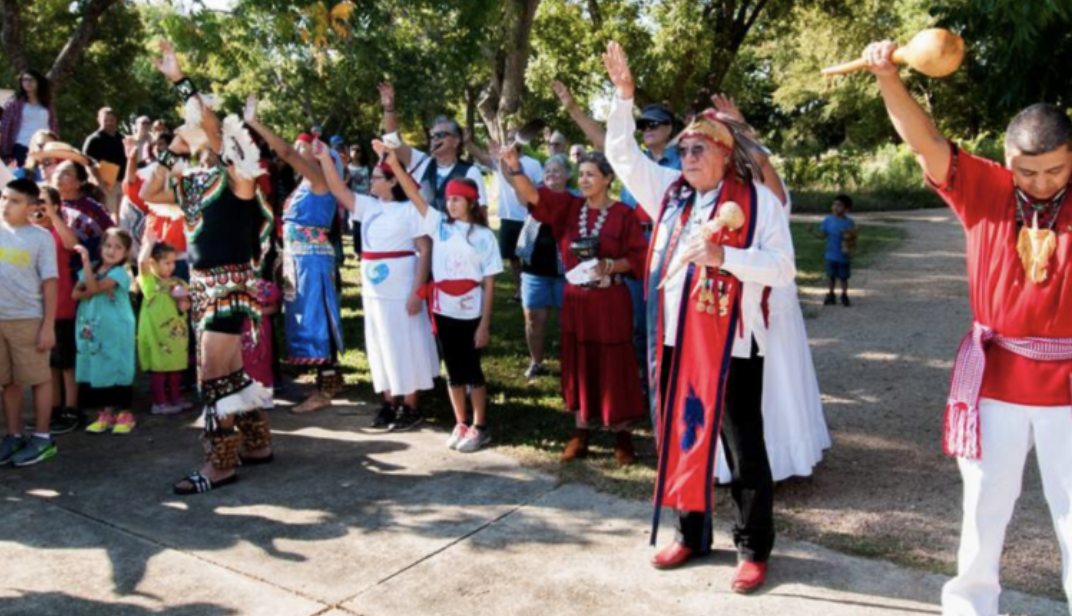(By JESSICA TREVARTHEN)
With the spread of the new COVID-19 virus, students across the nation are facing an unexpected obstacle — online learning. Many schools are closing their brick and mortar doors and switching to online instruction to help mitigate the spread of the virus.
For many college students, the change to a virtual learning environment has been less than ideal. With online-based learning, many students are struggling to complete their assignments and find the motivation to continue their education.
“The transition has been difficult, and my learning environment is distracting while I’m at home,” said Maddy Mycue, an advertising major at Texas State University.
Professors are working hard to replicate the typical student’s classroom environment by hosting live streaming classes. Student’s can watch the lectures, ask questions, and participate in group discussions in a virtual format.

“My professors have been amazing by checking in on us during online lectures to make sure that the material is clear and we are still able to hear and see them,” said Misty Valencia, a business marketing major at Austin Community College.
Many classes, such as lab-based or practical classes, do not translate into an online format with the same ease.
“All of my classes are music classes and rehearsals don’t function well online,” said Havalynn Robinson, a classical saxophone and audio engineering major at John Hopkins University.
“Teachers can’t critique me properly and I can’t improve my instrument,” Robinson said.
Despite the challenges, some students have found a silver lining with the transition to online learning.
“I have health problems that make it difficult for me to get to in-person classes every day, so I prefer school this way,” said Dana Pierce, a business management major at the University of Texas at Austin.
With access to much of their class materials anytime and anywhere, students can complete their coursework on their own schedule, avoiding the struggles that typically would interrupt their learning.
“Since all my classes are online and the lectures are recorded, I don’t miss anything,” Pierce said.
“Quizzes have been easier than expected. I have more time to prepare and I generally have more time to do them rather than in class,” Robinson said.
With such a dramatic change to their students’ learning, many colleges have allowed students to change their letter grades to a simple Pass/Fail.
“Your professors recognize the challenges [online learning] will present, so through the end of the semester, undergraduate students will have the option of taking all classes Pass/Fail,” said then-UT Austin President Greg Fenves in a campus-wide email during the second half of the 2020 spring semester.
This Pass/Fail option for classes, with some stipulations, is being adopted by numerous colleges around the country, including Austin Community College and John Hopkins University.
It effectively allows students who are struggling with the transition to online learning to receive credit for their classes, but not negatively affect their GPA.
Now, universities and community colleges are preparing for fall instruction, watchful of the latest coronavirus developments as they each craft plans for either exclusively online or face-to-face instruction, or a hybrid approach.




